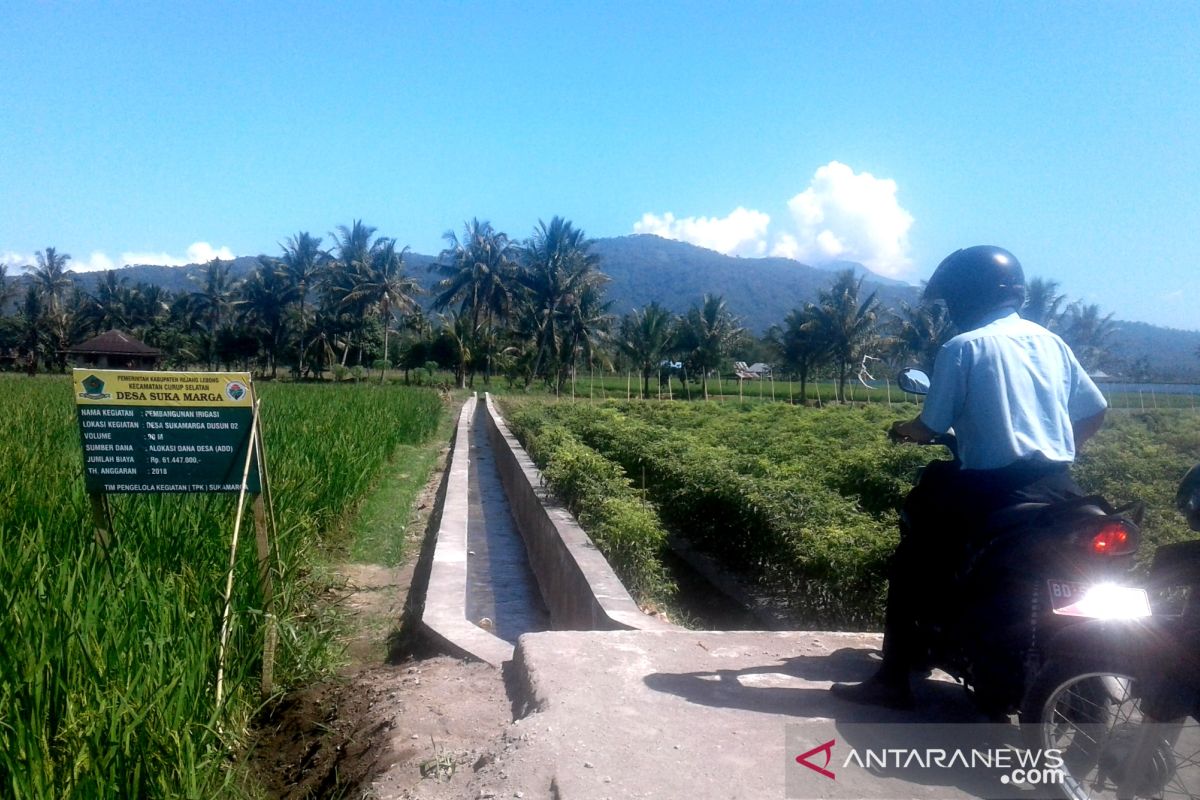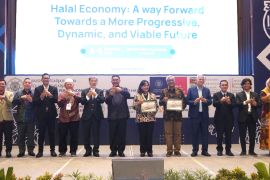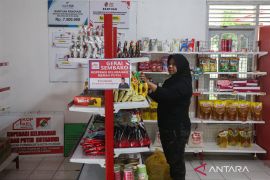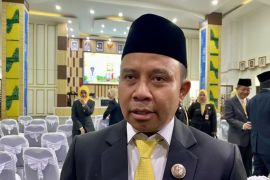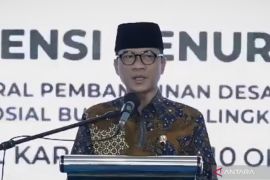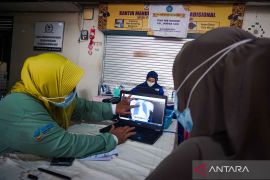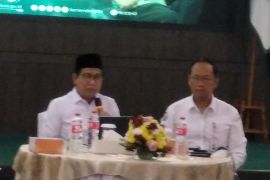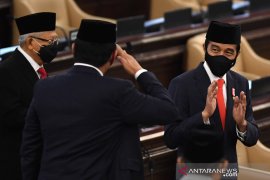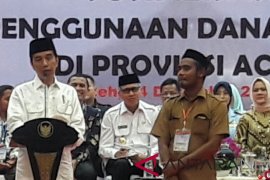This disbursal signifies that the ministry has so far managed to channel 72.98 percent of the village fund budget allocated this year, set at Rp71 trillion, or around US$4.6 billion.
Smoothly expending the allocated budget to deserving villages is not the end of the line for the ministry since it is crucial that the government takes strategic steps to ensure that the funds disbursed are genuinely impactful on the welfare of rural residents.
Through the village funds, the Indonesian government is not merely aiming to drive physical development in villages but also to support the implementation of social and economic programs at the rural level.
So far, this year, a large chunk of the village funds, totaling Rp6.56 trillion (US$425 million), had been disbursed as direct cash assistance (BLT) to 2,532,650 beneficiary families. As its name suggests, BLT simply acts as a means to financially empower underprivileged people directly.
Moreover, Rp5.19 trillion (US$337 million) of the village funds were disbursed for the handling of childhood stunting. This kind of disbursal is driven by the government’s awareness of the need for actions to put a lid on stunting case counts in Indonesia, particularly in rural regions that are often relatively deprived of proper access to health and nutritional services.
In this context, the village funds were mobilized to provide nutritious meals for children, toddlers, pregnant women, and breastfeeding women. Given that most of Indonesia’s stunting cases stem from poor sanitation, the funds are also allocated for the establishment of proper sanitation systems and reliable access to clean water.
The village funds are also linked to the agriculture sector, which plays a role in maintaining Indonesia’s food resilience, with Rp12.31 trillion (US$791 million) of the funds having been channeled to provide farmers with fertilizers and crop seeds, organize training activities aimed at enabling villages to bolster their agricultural production, and other related initiatives.
The remaining Rp26.29 trillion (US$1.7 billion) was utilized to finance other needs in accordance with the results of deliberation in each village, including sports activities, cultural events, and the operation of rural administrations.
Village PDTT Minister Abdul Halim Iskandar stated that the village funds have proven to be successful in improving the development of villages and giving a boost to their residents’ well-being.
He based his statement on a rise in the number of independent villages, from 11,456 last year to 17,203 this year. In contrast, Indonesia saw its underdeveloped village count decline from 4,850 to 4,363 during the same period.
It is also worth mentioning that the proper distribution and effective use of village funds have suppressed poverty rates in villages, according to the Coordinating Ministry for Human Development and Culture.
Statistics Indonesia (BPS) has revealed that the percentage of poor residents in villages had gone down to 11.79 percent in March 2024 from 12.22 percent in March last year.
Related news: PDTT Ministry to announce new regulations on Village Fund utilization
Improving distribution
The government has taken several strategic measures for augmenting the distribution and utilization of village funds, including cutting short the disbursement phases from three to only two in a year, with the target of disbursing 60 percent of the funds in the first phase and the remaining in the second phase.
The simplification is expected to expedite the distribution of the funds to the targeted villages, thereby allowing them to utilize the funds to finance development and welfare programs immediately.
Apart from that, the central government is collaborating with regional governments, the Finance Ministry’s state treasury service offices, and designated banks with the goal of minimizing administrative obstacles that might hinder the disbursement processes.
To prevent misappropriation and ensure that the village funds are utilized only by the targeted villages for financing initiatives aimed at bringing progress to residents' lives, the Village PDTT Ministry has been regularly inspecting the villages’ financial reports.
Moreover, the government has taken a proactive step by sending officials to guide village apparatus in effectively and efficiently managing and utilizing the funds.
By doing so, the government aims to help villages formulate and roll out the very programs needed by their people.
Related news: Village Fund main pillar of rural communities' activities: Minister
Challenges and expectations
Despite having successfully dispersed nearly 73 percent of the total village funds as of August this year, the Indonesian government still needs to address several existing challenges, such as the inability of some villages to plan and manage development programs effectively.
It is worth noting that a gap exists between the planning and financial management capacity among villages. Bearing this in mind, assistance from the central government is deemed necessary.
Moreover, the government has taken great notice of the existing issues of transparency and accountability of the use of the village funds. These are the very issues that prompted the government to intensify its monitoring and guidance.
By pushing for proper and effective utilization of the village funds, Indonesia is hoping to narrow down gaps between rural and urban regions, elevate the living standards of rural citizens, and stimulate sustainable economic growth in villages.
Related news: Shift in Village Fund use points to rural recovery: minister
Translator: Zubi M, Tegar Nurfitra
Editor: Yuni Arisandy Sinaga
Copyright © ANTARA 2024
